How to Choose the Best Light for Product and Food Photography
When it comes to lighting, choosing the best is important because it can make or break your photo. And nowhere is this especially true than in product and food photography.
Taking good photos of products and food require you to highlight the merchandises’ best features. In food photography, it is essential to come up with photos that entice viewers to try the food or visit the restaurant. This is why it is important to choose the best light/lighting source for your shoot.
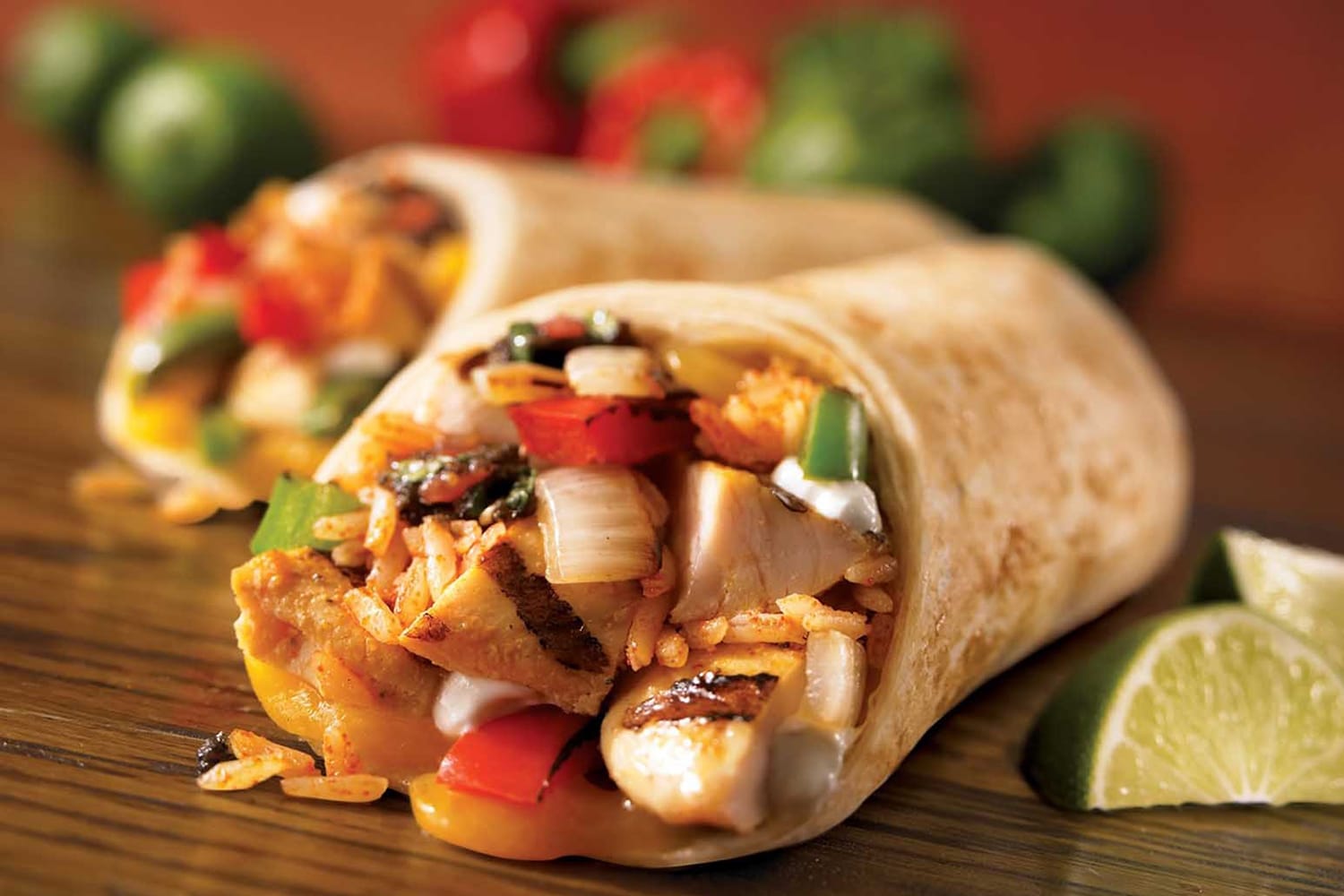
Aside from encouraging people to try out a place or a dish, food photography is also used to signify a particular intent or mood. It is also an effective stimulant for people who want to try a healthier diet or for those who want to lose weight and live better, longer. Most of all, taking photos of food is one way of keeping or treasuring the experience, which disappear as soon as you finish eating. Of course, it’s also a way of documenting precious moments with loved ones and friends.
Product photography is quite similar to food photography. You’ll know when your images conveyed the right message when people are curious and eventually buys or tests your product. But then again, to be effective, you’ll need the best or most ideal lighting source for your product or food photos.
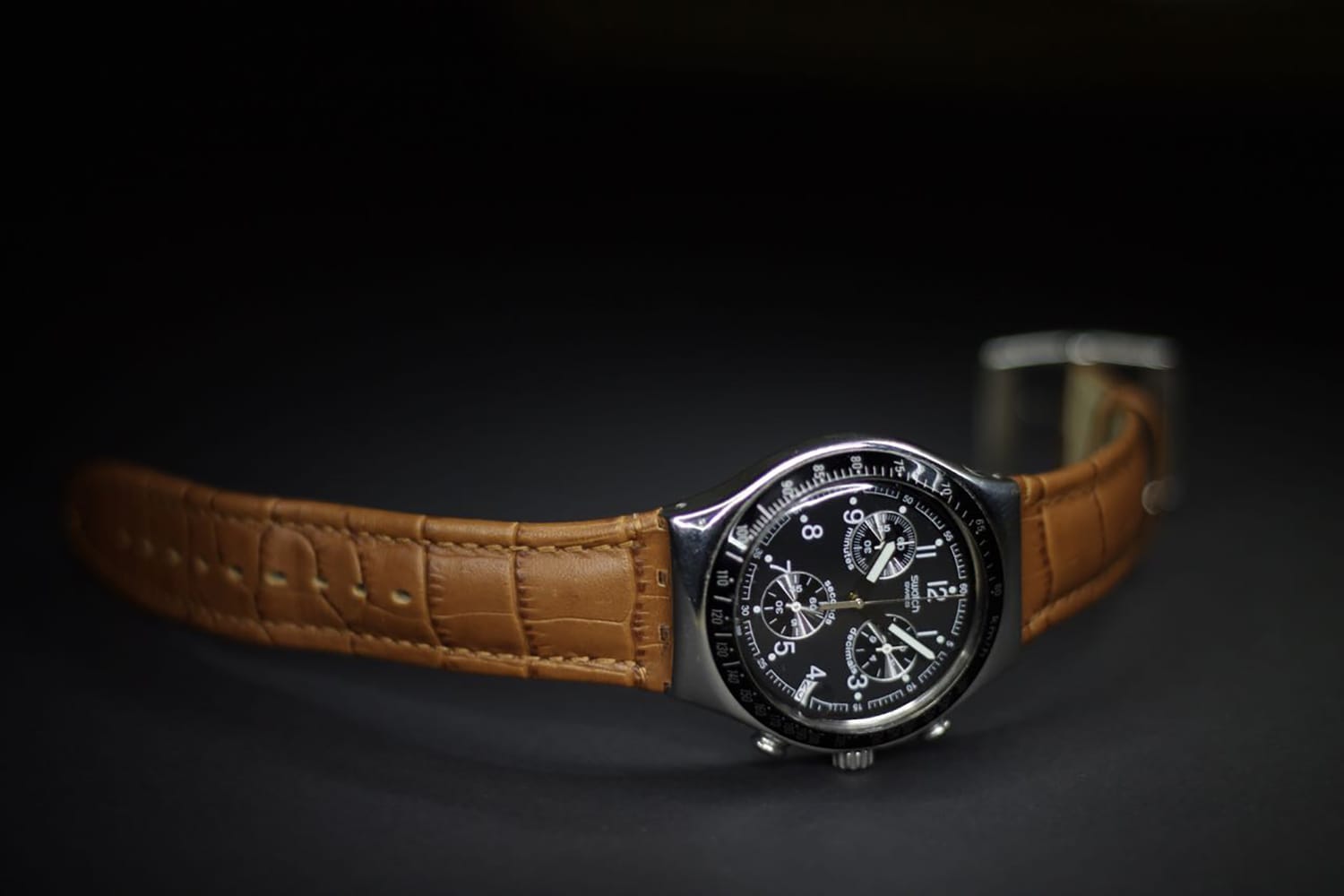
The Best Light Sources for Product and Food Photography
Let’s focus on three varieties of light sources: natural, flash or strobe, and LED light.
Natural Light
Natural lighting is always the best option for product and food photography. First off, the food you are featuring looks more natural and therefore, more appetizing. So, as much as possible, look for a good source of natural light like a window or a ceiling opening. The bigger your light source is (such as a huge window), the better – more natural light will get in.
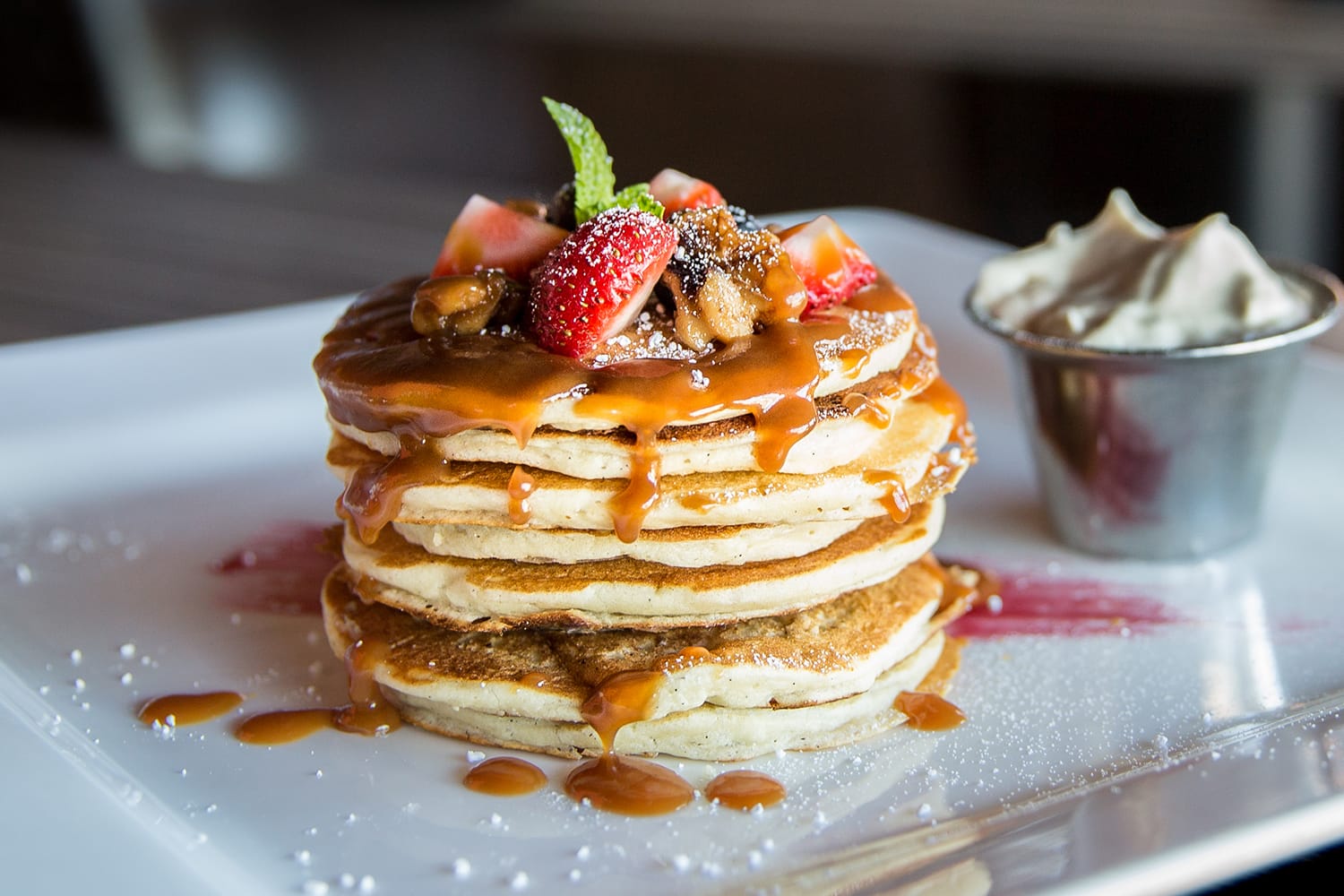
There are several advantages when using natural light for your food photos, foremost of this is the one mentioned earlier: it gives a natural look to your images. Your photos appear as they are in real life, which means the colors are authentic and crisp.
Another advantage of using natural light is the fact that it’s free. You don’t have to spend a single dollar for using it. But there are disadvantages, too.
- First off, natural light can be inconsistent and unpredictable. Why? Because it depends a lot on the sun. So if it is cloudy or rainy, you won’t have any natural light source to work with. It is also not reliable because the natural light source in the place you are shooting may not be enough – perhaps there are no windows in the area or you’re shooting in a corner.
- The second disadvantage is you can’t really shoot at night. This is one of the reasons why a lot of photographers use artificial light sources instead.
- The third disadvantage of using natural light is you cannot control or adjust it automatically. You always have to take note of weather conditions.
Many photographers use diffusers and reflectors to get more light when shooting in natural light. Natural light is best used for product and food photography done in areas or places with strong and uninterrupted natural light source (i.e. good weather conditions or in the daytime). It is also recommended for photographers who like to bring out natural colors in images.
Flash or Strobe Light
Flash or strobe light produces high-powered flashes of light when used. The biggest advantage of this light source is convenience, because you can use it in the daytime but also at night. A flash or strobe light is also compact and portable, so you can easily bring it with you.
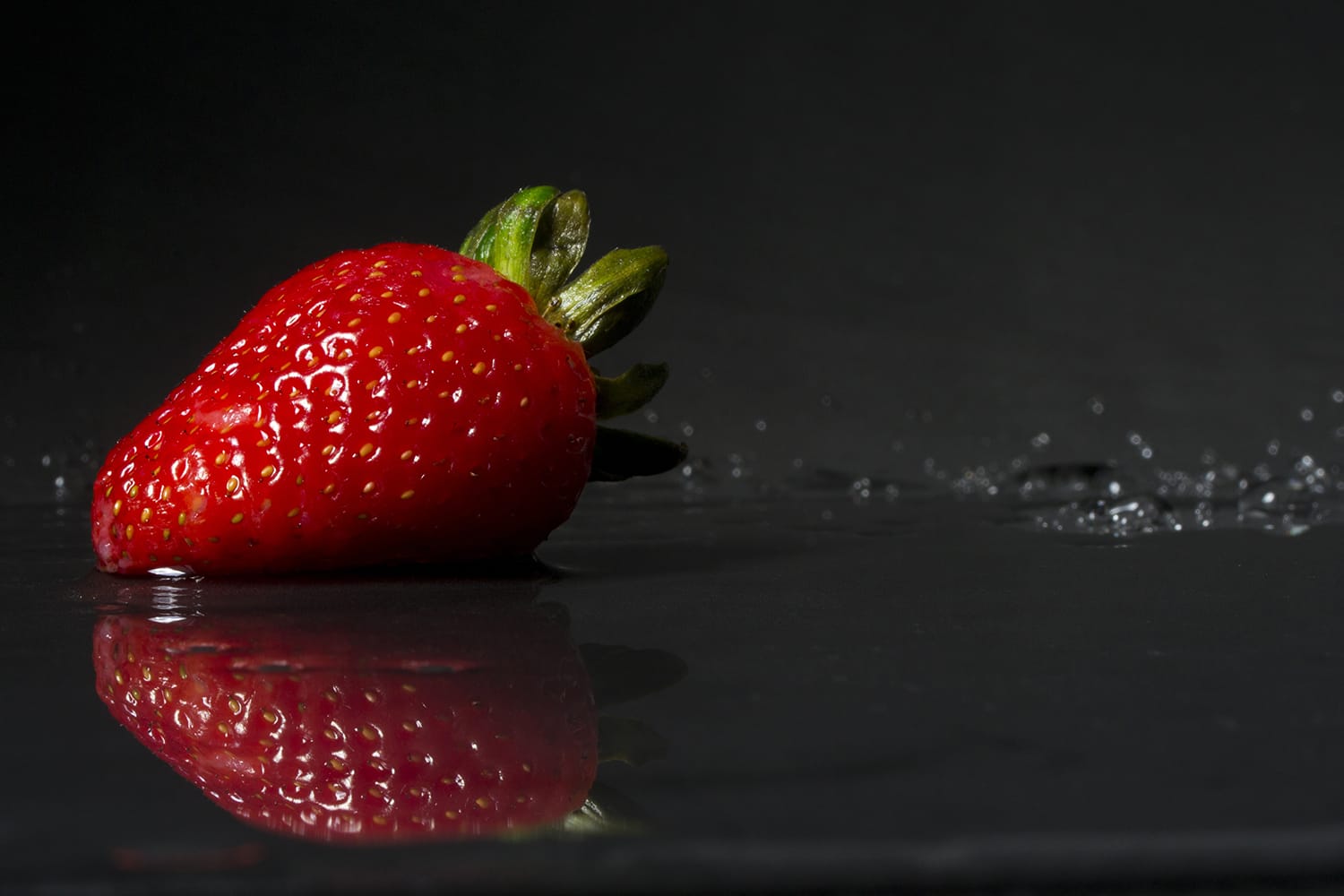
Additionally, flash or strobe light can be adjusted according to your specifications. The flash of your camera can be used with a diffuser or you can turn it towards an all-white ceiling or wall. Likewise, you can use a reflector for softer effect, or adjust and turn down the flash’s power to create the effect you want.
Another advantage is that you can easily mimic the sun’s light. All you need is a softbox big enough to simulate a window. You can also add gels, beauty dish, and an extra flash.
But there are disadvantages, too, and the biggest one is the fact that you won’t be able to see what will happen to your image until after you take the shot. As such, you won’t know where the light will specifically fall, or if the light is too soft or too powerful – not until the shot is done.
Although there are strobes that come with modeling lights that give you a preview into what the light will look like, these varieties can be quite expensive. Flash or strobe light is normally used when shooting at night, in the studio, or in any enclosed space or area where there is not enough natural light available. It is essential for a photographer to first master the camera flash before attempting to use it. Strobe lights can be a bit of a challenge for beginner photographers, but learning how to use them can be easy.
LED Light
Another variety of artificial light is the LED (light-emitting diode) light. It may be not as popular as flash or strobe, but it is slowly making its way. This light source is “directional”, which means it emits light in a specific direction only and not in multiple areas.
LED light used in product and food photography has a lot of advantages:
- LED light is cooler than other artificial light sources, so no matter where you are shooting, the surroundings won’t be engulfed in heat.
- LED light uses less energy than strobes, so it is efficient and environment-friendly.
- LED lights come in various colors and intensities; and since it has a lighting panel, you’ll be able to see your shot as you compose it, which means you’ll know what you need and do not need.
The disadvantages of using LED light for product and food photography are as follows:
- The color/s may not come out the way you expect it to be.
- Aside from incoherent colors, LED light can also cast unwanted shadows.
- Using LED light for photography can take a lot of getting used to.
- It’s not powerful as strobe or flash. You’ll need at least 300 LED light pieces (with approximately 5,000K) to achieve a typical flash output.
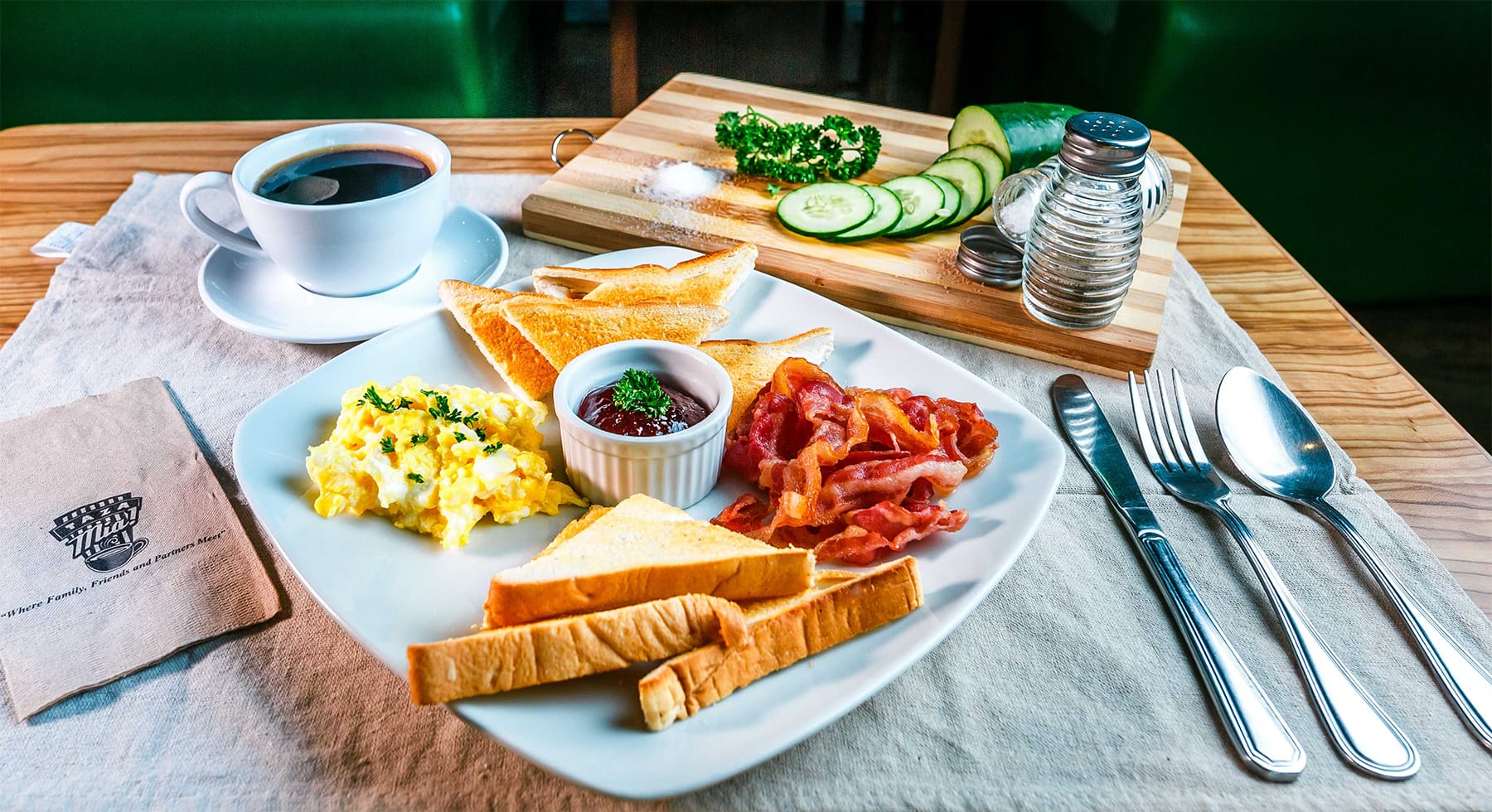
Photo by Michael Gabriel Sumastre.
And The Winner Is?
So, should you go for natural light sources for product and food photography, or is artificial lighting better? The best option would be to go for artificial lights because it’s very convenient, you have full control, and you’ll get a consistent output. My current setup is a high-powered flash (with high-speed sync) + one 300-piece LED light + two reflectors.
But ultimately, it will depend on the shoot and its requirements. If natural light is good for your shoot, then use it. If natural light is absent or minimal, use artificial light sources. Or, feel free to combine natural and artificial lighting. It’s really up to you, but I hope you know have more knowledge to help you decide after reading this article :)
